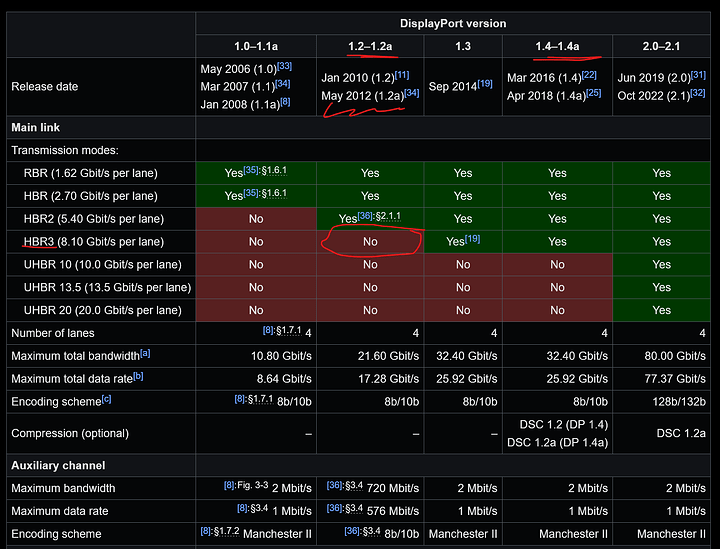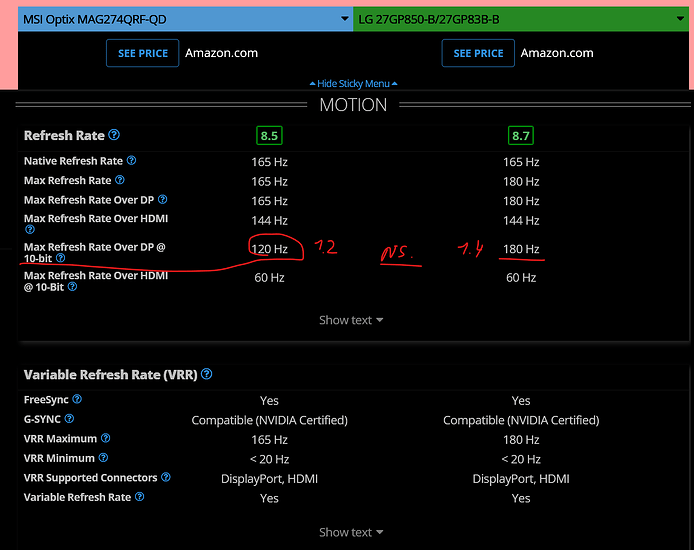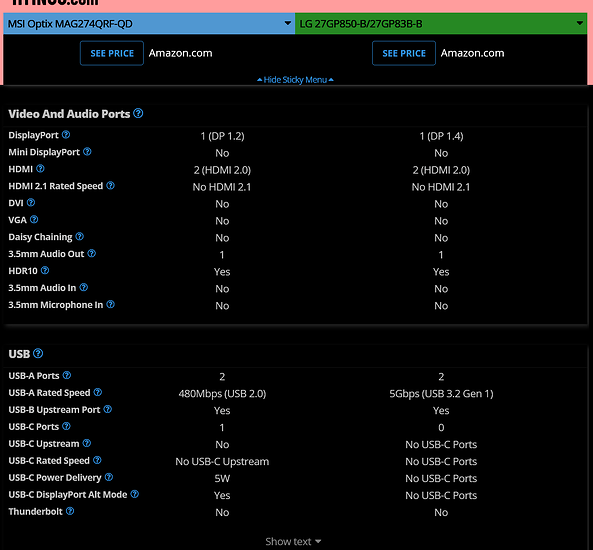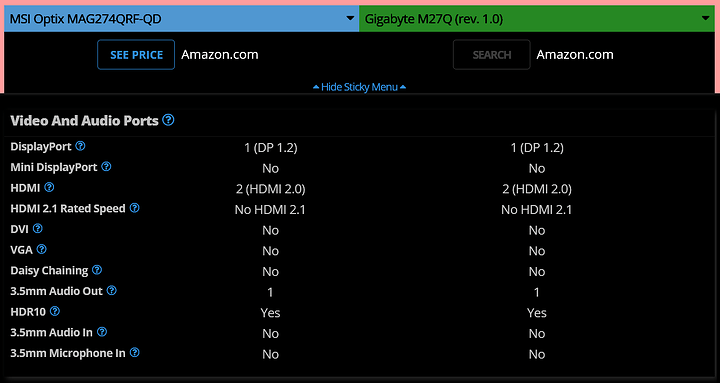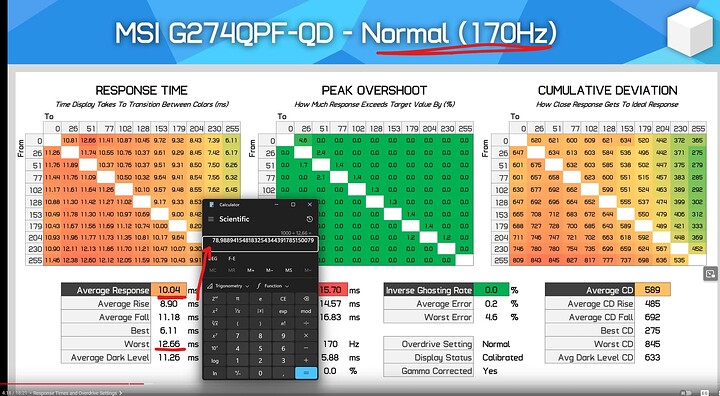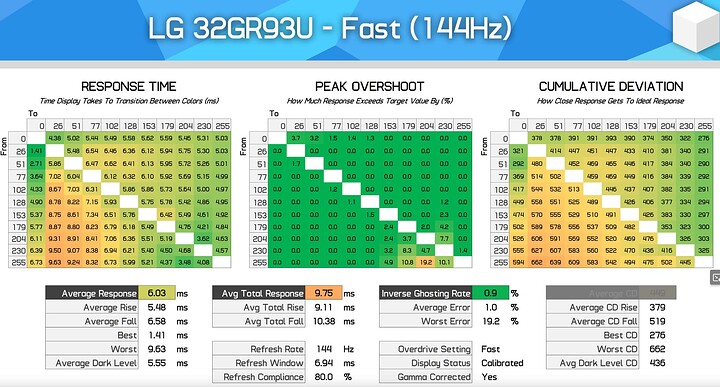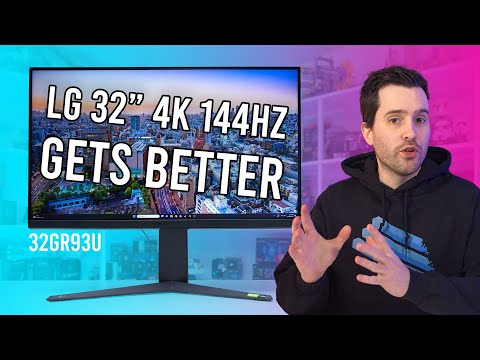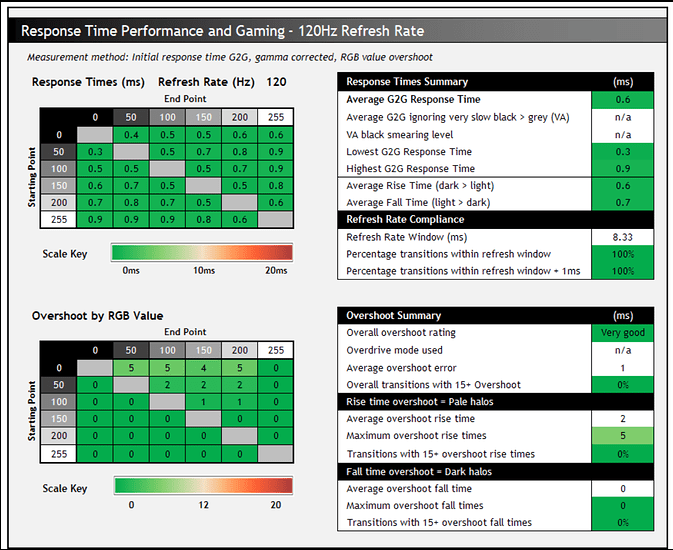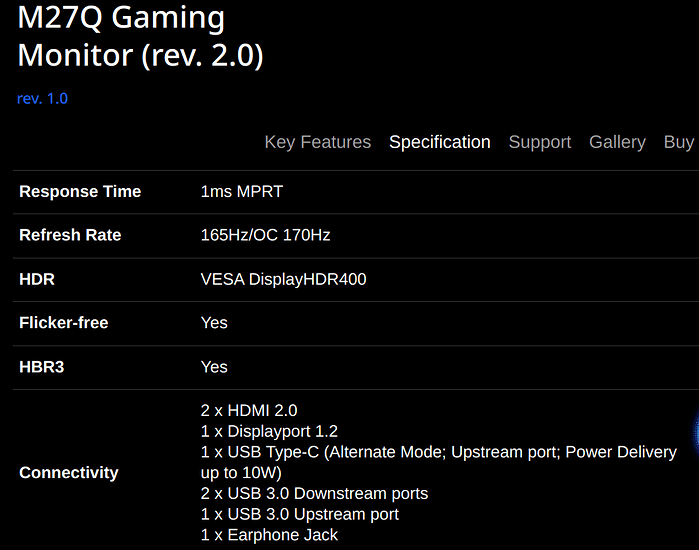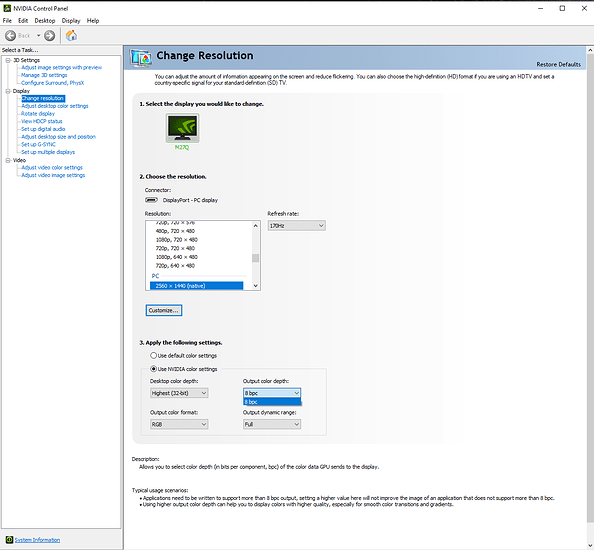I have no personal experience with BFI, but if you can tolerate it, then it is gamechanger for IPS and VA monitors.
Unless you are buying MiniLED or OLED monitor, ignore any HDR claims. They are effectively near outright lies, normal panels may pump up brightness, but contrast cannot be improved - hig dynamic range therefore cannot be achieved. This con has gone long enough.
This however is not very nice:
Response times are not very good, and effectively limit display clarity to ~~ 79 HZ worst case scenario . It can display up to 160 hz with some smearing.
How bad it could be depends on your sensitivity, hard to tell from raw data. If there is significant premium between this model vs other 120 an 144 hz monitors, then its not worth it.
Same applies to overshoot on faster overdrive modes, its subjective. I had bad experience in past with phillips VA (black-red smearing like crazy @ 60hz  ), so I avoid these monitors. Graphical artifacts would drive me crazy.
), so I avoid these monitors. Graphical artifacts would drive me crazy.
Like this, even bit worse:

It can be quantified only by response time table, some transition are uniformly higher than others. Black to anything → 15 ms, grey to white 6 ms for example.
Otherwise its rather poor result compared to even LG 5year old panels i have experience with. Let me dig up results from tft-central.
But, something else to consider:
- Its 8-bit panel with FRC => 10bit signal transport will not improve quality as much as it would on 10bit native panel. Not able to receive WQHD@160@10b no longer hurts
EDIT:
Got it, I bought LG 27GL850 (review tftcentral) in 2019 for about 520€ brand new. Its also 27’ WQHD , just only 144 Hz. Worst case response time was 6.5 ms, so panel was actually capable of displaying 144 Hz content.
It got much cheaper even 1 year later, I remember seeing it sold for 280-300€ before covid.
I would recommend shopping around some more. Getting high fps gaming monitor with panel that cant actually display content fast enough is not a good deal.
Newer LG display have goten worse since then, but response times+overshoot are still better than MSI and GB, like this:
